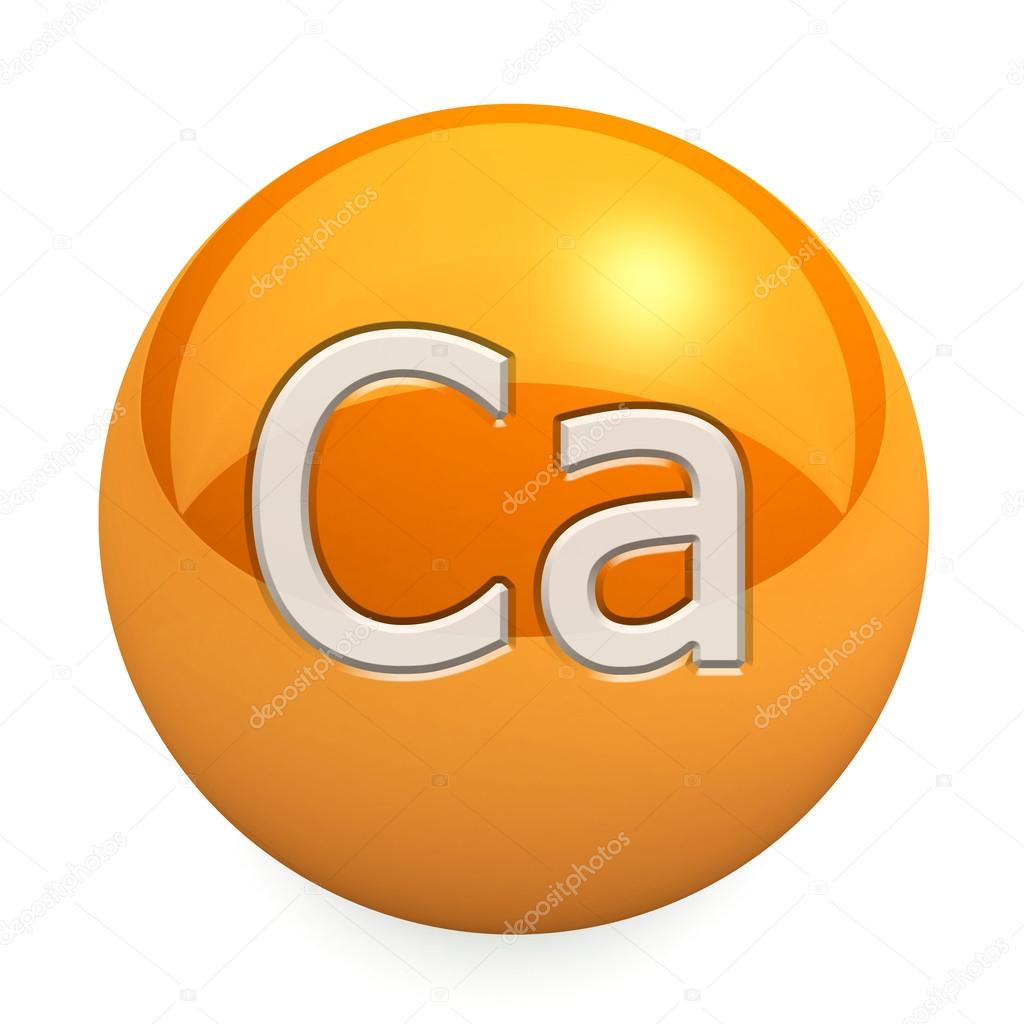
Then students shared their knowledge through cooperative learning strategy. Students took one week to read and understand about the properties and uses of iodine. Samtse College of Education, Royal University of Bhutanįirst students collected information about the timeline element iodine from library. Through further experimentations, however, he electrolyzed a mixture of lime and mercuric oxide together, which allowed him to isolate and discover calcium. He conducted many experiments to reduce moist lime by electrolysis, similarly to producing sodium and potassium, with often unsuccessful results. In 1808 calcium was first isolated by Sir Humphry Davy, a chemist, inventor and at the time Britain’s leading scientist. Our artwork is stylized to represent the iconic packaging of commercial borax and features the 2- anion present in the molecular structure of the salt. Borax, the sodium salt of boric acid, is a naturally occurring mineral that is used daily for many purposes in society, including the production of detergents, anti-fungal agents, and materials. Boron, 5īoron – The Fifth Element - was discovered in 1808 by Sir Humphry Davy, Joseph Louis Gay-Lussac, and Louis Jacques Thénard in experiments on boric acid. The nerve drawn in the artwork was included because getting enough potassium from your diet can help to maintain healthy nerve function. The food on the top right side represents the food containing a high level of potassium. The 19 silver balls represent the 19 electrons in potassium. Davy conducted this experiment with Faraday in 1808. The experiment shown at the bottom of the artwork is the reaction of potassium and water forming potassium hydroxide and hydrogen gas. In 1807 Sir Humphry Davy discovered the element potassium which is why his image was included. The image includes crystals of sodium chloride below, the village Podkoren and our green mountains and woods and Davy´s portrait. There is an old house with a memorial plate in his honour. He especially adored a very small alpine village called Podkoren. He was amazed by the beauty of our mountains. He also travelled a lot and was in our country for a few times (Slovenia, Europe). Sodium was discovered by Sir Humphrey Davy in 1807. Read more: "Humphry Davy and the voltaic pile," a Chem 13 News article by James Marshall.

Davy developed an electrolysis technique, which enabled him to produce the pure form of these active metals, each of which would react rapidly with the atmosphere or with water to revert to the original compound form.

Previously, sodium, potassium, calcium, and others of the alkali and alkaline earth families had been known only in their compound form, such as caustic potash (potassium hydroxide), natron (sodium carbonate) or limestone (calcium carbonate). But he is best known for the discovery of the active metals in their metallic form. He is also highly honoured in his hometown of Penzance, Cornwall for his invention of the miner’s safety lamp. Sir Humphry Davy (1778-1829) was a famous chemist of the early 19 th century who developed a popular lecture tradition for the public at the Royal Institution in London that persists to this day.


 0 kommentar(er)
0 kommentar(er)
